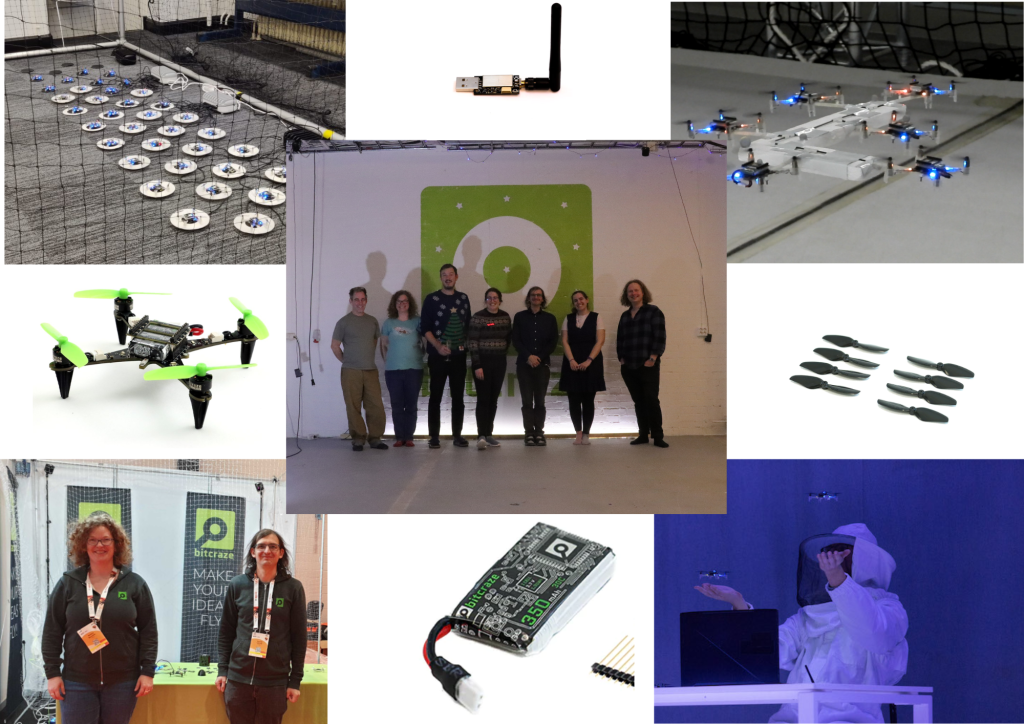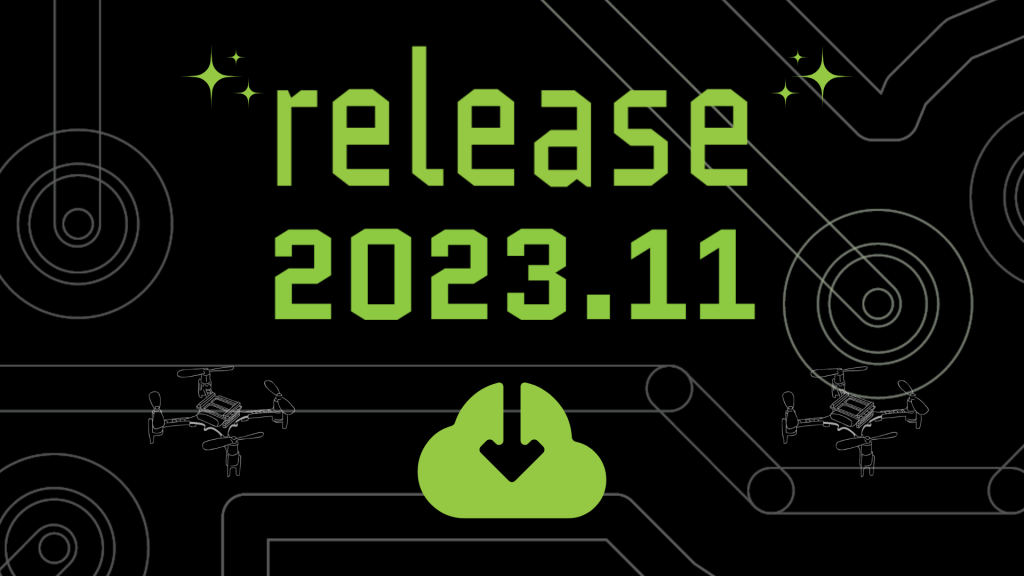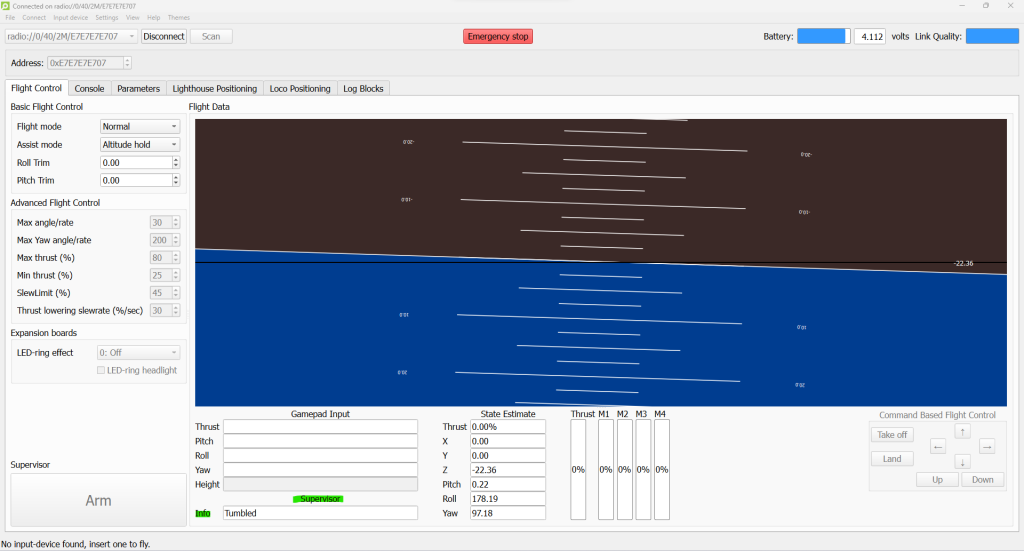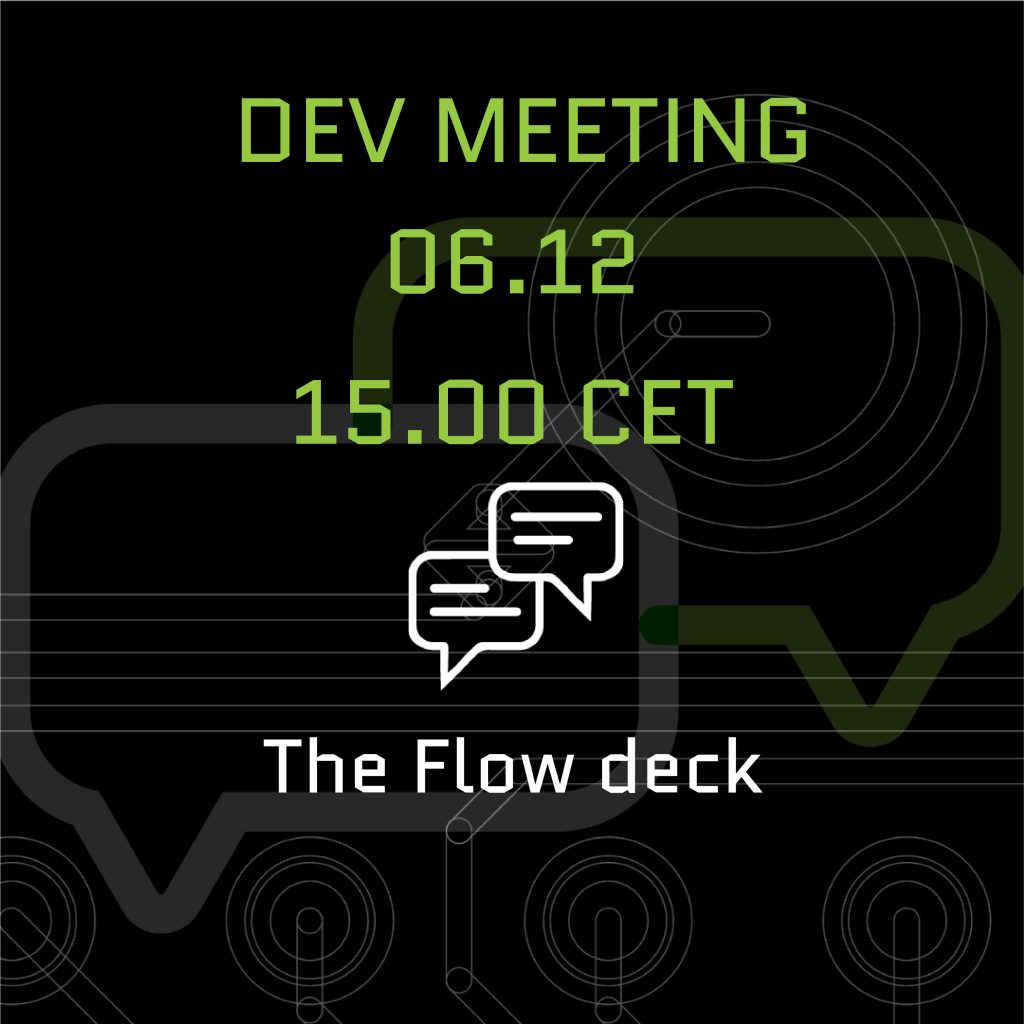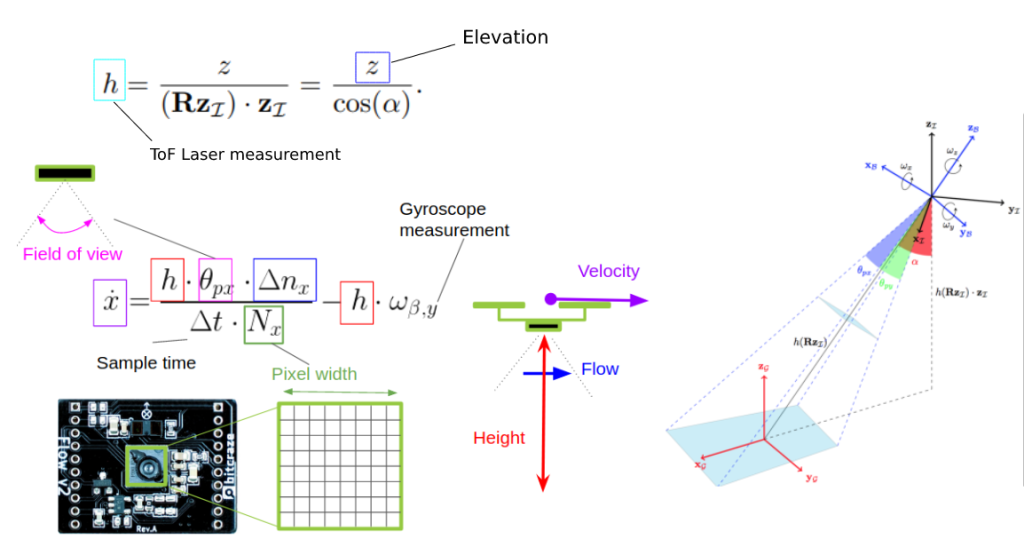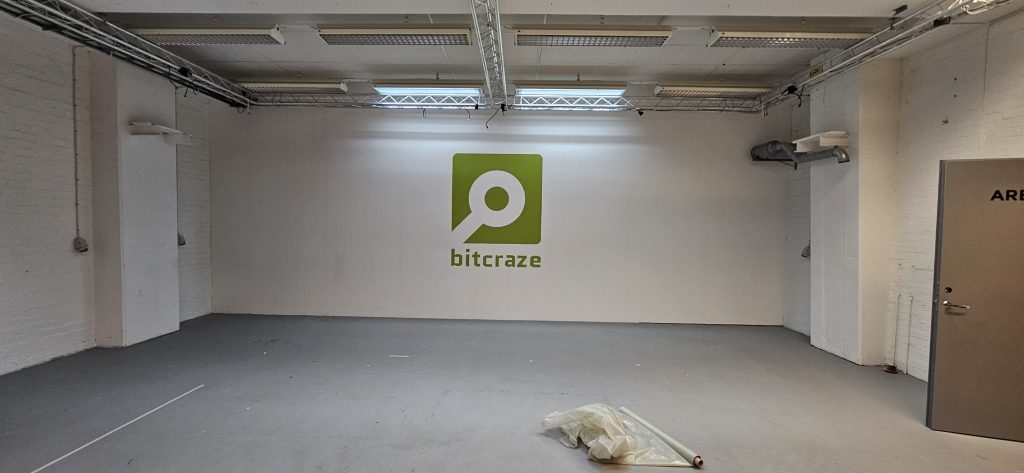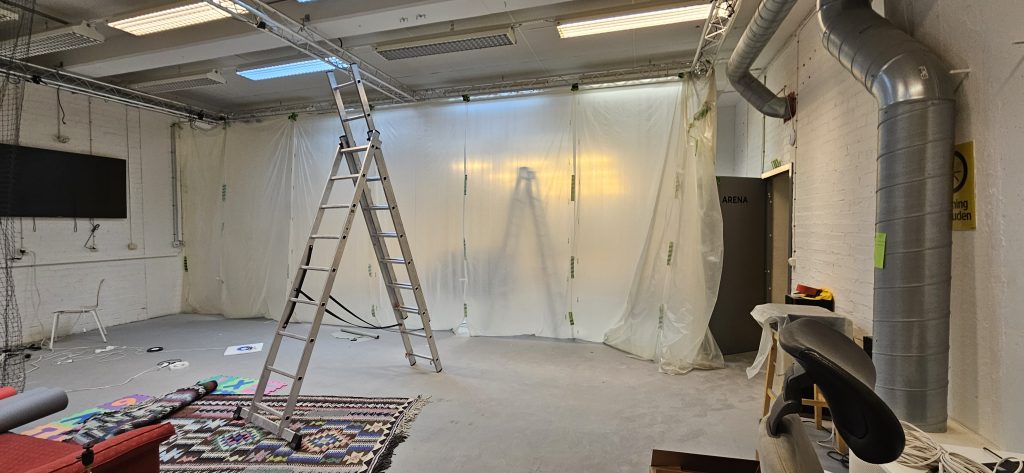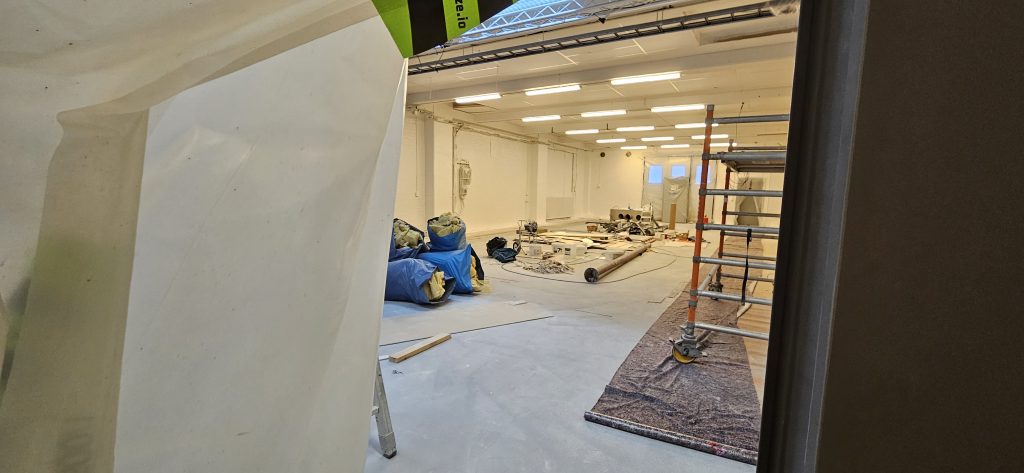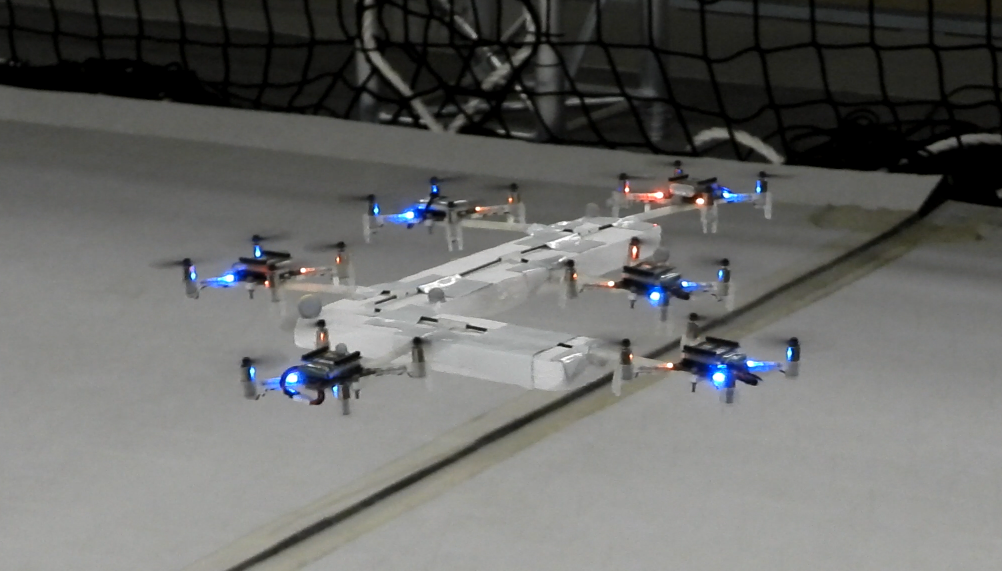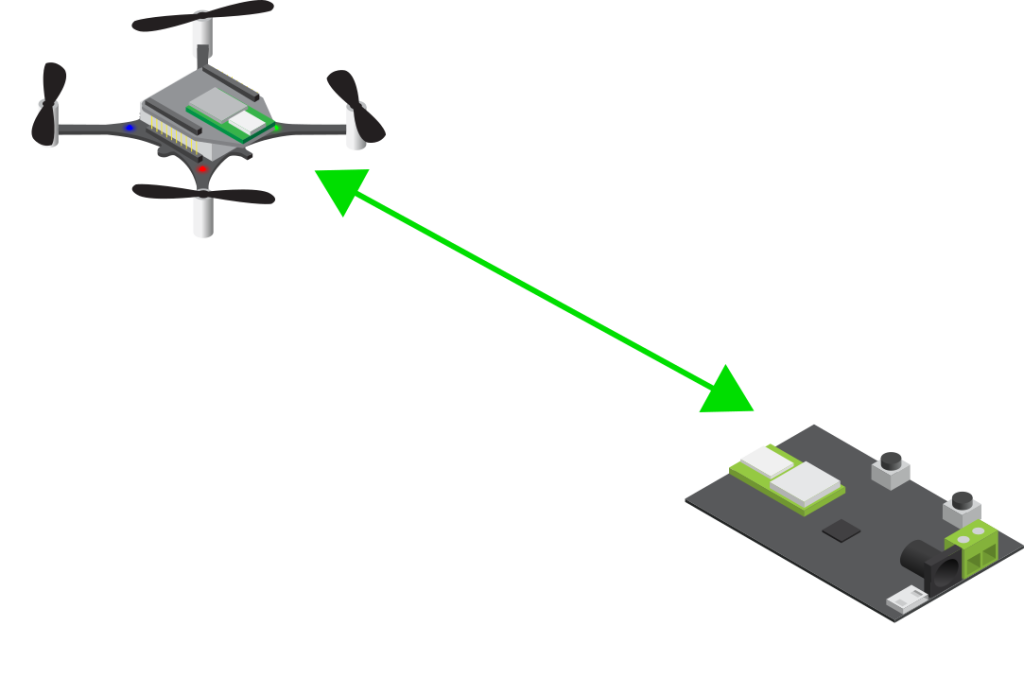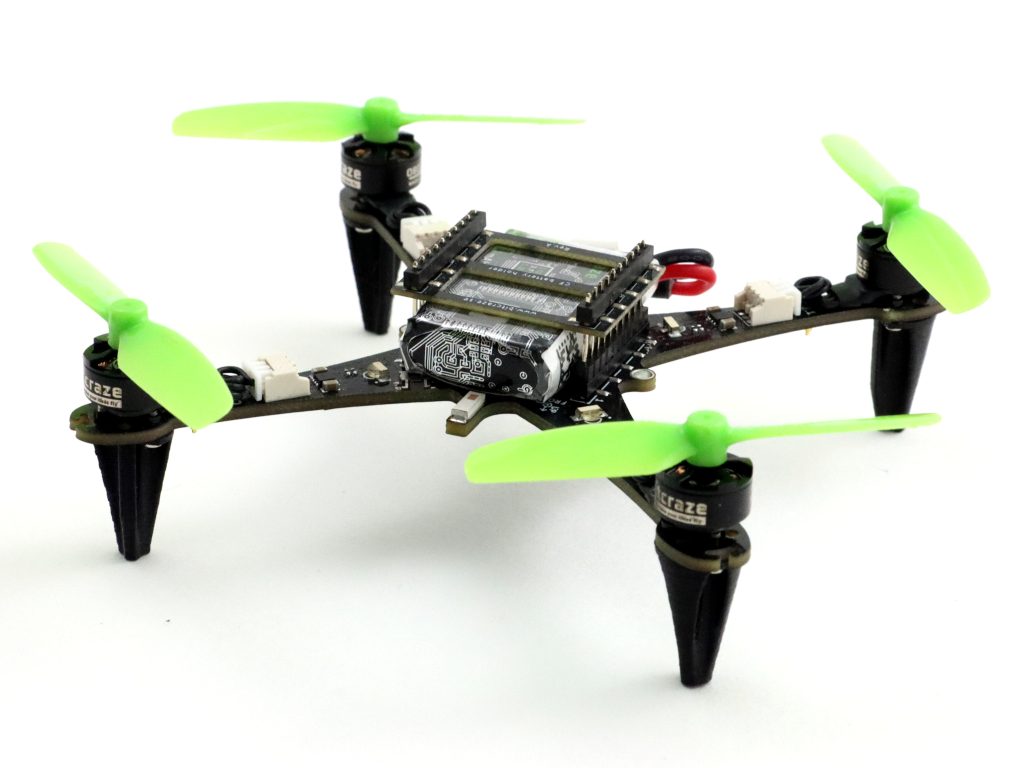It’s the first day of the year, and it’s become traditional now at the beginning of a new year to (fore)see what we have in store for 2024.

Here is how we think it will go:
Products:
The Christmas video was filled with promising prototypes (it’s here if you missed it!) that we hope to get to your lab in 2024. The Lighthouse deck 2.0 (which allows for positioning from 16 base stations) and the Crazyflie 2.1 Brushless will continue to be in our focus.
We plan also to change a little bit what’s in your Crazyflie 2.1 box. The 47-17 propellers and the longer pin headers will come as standard in the kit, which will be renamed Crazyflie 2.1+ for the occasion.
We have as usual a lot of prototypes that we’re hoping to be able to present to you someday, so keep reading our blogposts to keep you updated!
Community
We are interested in some conferences in 2024. Even though our schedule is not clear, we’re hoping to join at least ICRA in Yokohama and ROScon in Odense.
We will continue the developer meetings – the first in January is actually next Wednesday and should be only a support meeting. You’re welcome to join if you have any questions!
Also we are planning to continue helping to host the Aerial ROS community working group meetings. Moreover, ROScon will be very near us this year as well, so that would be nice to join too.
We’re continuing our collaboration with Flapper Drones, and are also excited to dive into the school education together with Droneblocks!
Bitcraze
Even if we’re sad to see Kristoffer pursue new adventures, we’re hoping his gap can be filled soon. We have spent a lot of time in the last months trying to find the next Bitcrazer(s), and hope 2024 will be filled with new faces!
Of course, those are the things we can see coming for us in 2024 – we hope most of them come true!
We wish you a great year, filled with hacking, developping, and flying ideas!

